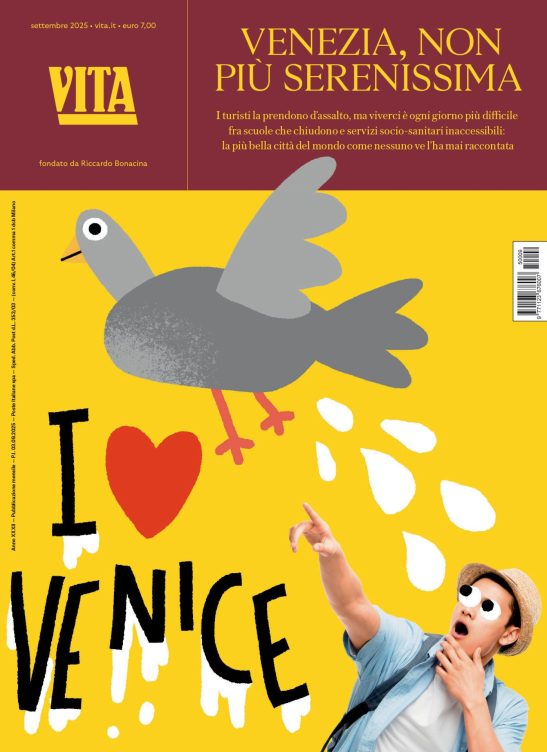Sostenibilità
EU: Drought and scarcity, the battle begins
Drought and water scarcity make it on to the EU's agenda: new and old methods will be used to guarantee more efficient water use, by Tiziano Codazzi
di Staff
The EU?s Environment Ministers are to adopt a document that recognises drought and scarcity of water as community problems for the first time. The Commission?s proposals to favour water saving measures will also be adopted, both through existing means and by organizing new resources.
These conclusions are the first formal recognition by member states of an issue that Italy, Spain and Portugal have been advocating and for which Brussels presented a note last July. The document states that ?these phenomena concern 12% of the EU territory, 19% of its population and at least 33 hydrological basins. The total impact of drought in the last 30 years in the EU is estimated to be of 100 billion euros?.
Diplomatic sources underline that in their conclusions ministers will support the Spanish position, which is to deal with these issues in an international perspective and to create, in the future, an European Water Observatory.
The conclusions drawn in the document that is to be adopted recognize that ?scarcity of water and drought are problems with important social-economical and environmental consequences in the EU? and that ?these problems have become more severe and frequent in the last years ?with direct consequences on citizens, agriculture, forestry, tourism, industry, energy and transport?.
Effects can be seen even in the ?greater risk of fires, in air pollution an emissions of gas causing greenhouse effects.?
Ministers say that drought and scarcity of water must be considered separately because ?the first depends on a natural processes and the second is connected to the imbalances between supply and demand?. Scarcity will have to be dealt with through the current means of regulating water, management plans for water basins ?will have to consider the balance between supply and demand? with a just water tariff.
The ?necessity to find new water sources is also considered, when the impact of saving measures is not enough?. The tools to increase supply can consist of traditional or alternative means, such as a more efficient use of residual waters or desalination carried out under sustainable conditions.
Si può usare la Carta docente per abbonarsi a VITA?
Certo che sì! Basta emettere un buono sulla piattaforma del ministero del valore dell’abbonamento che si intende acquistare (1 anno carta + digital a 80€ o 1 anno digital a 60€) e inviarci il codice del buono a abbonamenti@vita.it
